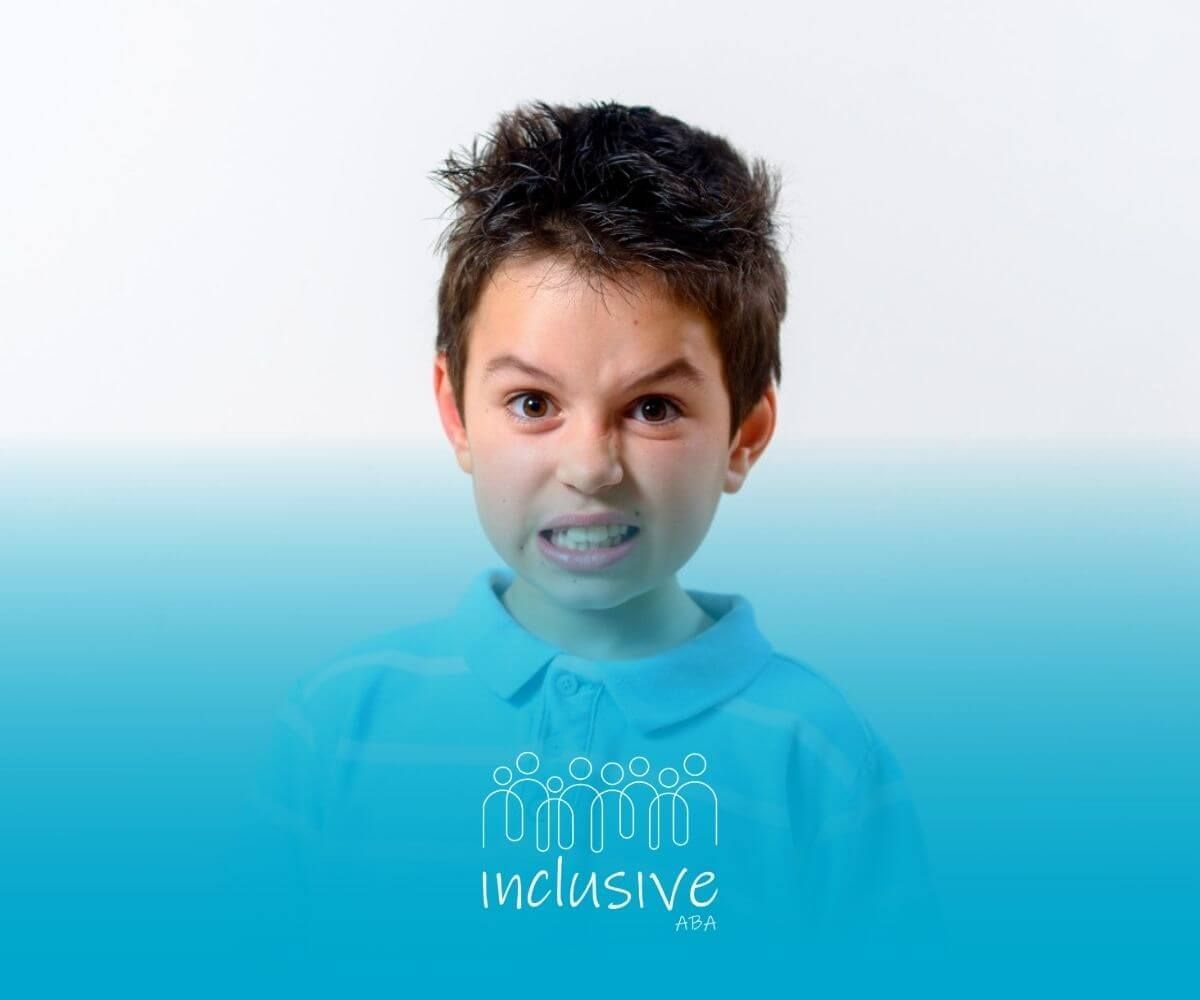Problem-Solving and Critical Thinking Through ABA Therapy
When I work with children through Applied Behavior Analysis (ABA) therapy, one of the things I love most is seeing how they begin to figure things out on their own.
It’s not just about teaching specific skills — it’s about encouraging problem-solving and critical thinking so they can navigate everyday challenges with more independence and confidence.
Why Problem-Solving Matters in ABA Therapy
Problem-solving is a life skill. It helps children handle unexpected situations, make decisions, and adapt when things don’t go as planned.
For children with autism or other developmental differences, these skills don’t always come naturally, which is where ABA therapy steps in.
Building Independence
When children learn to solve problems, they gain confidence in themselves. Instead of waiting for an adult to step in, they start exploring ways to handle challenges on their own.
Improving Daily Functioning
Problem-solving and critical thinking aren’t just abstract skills. They directly affect daily life — from figuring out how to open a tricky container to deciding how to ask for help when needed.
How ABA Therapy Encourages Problem-Solving
In ABA, we use structured strategies to help children break problems down into smaller, manageable steps. This way, problem-solving becomes less overwhelming and more rewarding.
Teaching Through Natural Environments
One of the most effective ways I encourage problem-solving is by embedding it into daily routines. For example, if a toy is out of reach, I might prompt the child to think of different ways to get it, such as asking for help or finding a stool.
Reinforcement That Motivates
Positive reinforcement plays a huge role. When children experience success after trying different solutions, they’re more motivated to keep thinking critically and tackling challenges.
Using Errorless Learning and Shaping
Some kids need more support at first. By guiding them through the correct steps and gradually reducing prompts, we set them up for success without overwhelming them. Over time, this shapes stronger independent problem-solving.
Critical Thinking Through ABA Strategies
Critical thinking goes a step further than problem-solving. It’s about analyzing situations, weighing options, and choosing the best response.
Promoting Flexible Thinking
Many children with autism prefer routines and may struggle with changes. By practicing “what if” scenarios or role-playing, we gently introduce flexibility and adaptability.
Encouraging Decision-Making
I love using choices in therapy. Something as simple as “Do you want to start with coloring or blocks?” helps children practice decision-making and learn that their choices have outcomes.
Generalizing Skills
Critical thinking skills need to extend beyond therapy sessions. We work closely with families and schools to ensure children can use these strategies in multiple environments.
The Role of Families in Developing Problem-Solving
Parents are an essential part of the process. Through ABA parent training, I help families learn how to encourage problem-solving at home — from giving children small responsibilities to supporting them in thinking through solutions instead of jumping in right away.
Bringing It All Together
Problem-solving and critical thinking are skills every child deserves to build. Through ABA therapy, we create opportunities for children to think, explore, and grow more independent each day.
At Inclusive ABA, we provide individualized therapy across Nevada, Nebraska, Colorado, Utah, Iowa, and Ohio.
Our services include home-based ABA, school-based ABA, and parent support through ABA parent training.
If you’re ready to help your child strengthen their independence and problem-solving skills, connect with us today.
FAQs
Does ABA therapy help with problem-solving outside of sessions?
Yes. Skills are practiced in real-life settings, so children can apply them at home, in school, and in the community.
How does reinforcement support critical thinking?
Reinforcement motivates children to try different solutions, making problem-solving enjoyable and rewarding.
Can ABA therapy improve decision-making skills?
Absolutely. By encouraging choices and teaching consequences, ABA therapy helps children practice decision-making in a supportive environment.
Sources:
- https://www.autismparentingmagazine.com/teaching-children-critical-thinking-skills/
- https://pmc.ncbi.nlm.nih.gov/articles/PMC6067678/
- https://pmc.ncbi.nlm.nih.gov/articles/PMC9458805/
- https://pmc.ncbi.nlm.nih.gov/articles/PMC10299716/
Looking for Expert Help? We're Here for You!
Our compassionate and skilled team is devoted to enhancing your child's development through customized ABA therapy. Let us partner with you to create a supportive environment for your child's success.
Discover how we can help your family thrive with expert ABA therapy.
Related Posts







